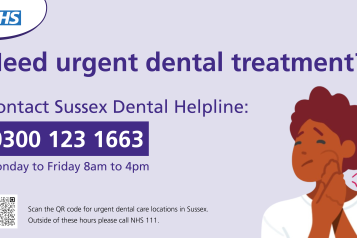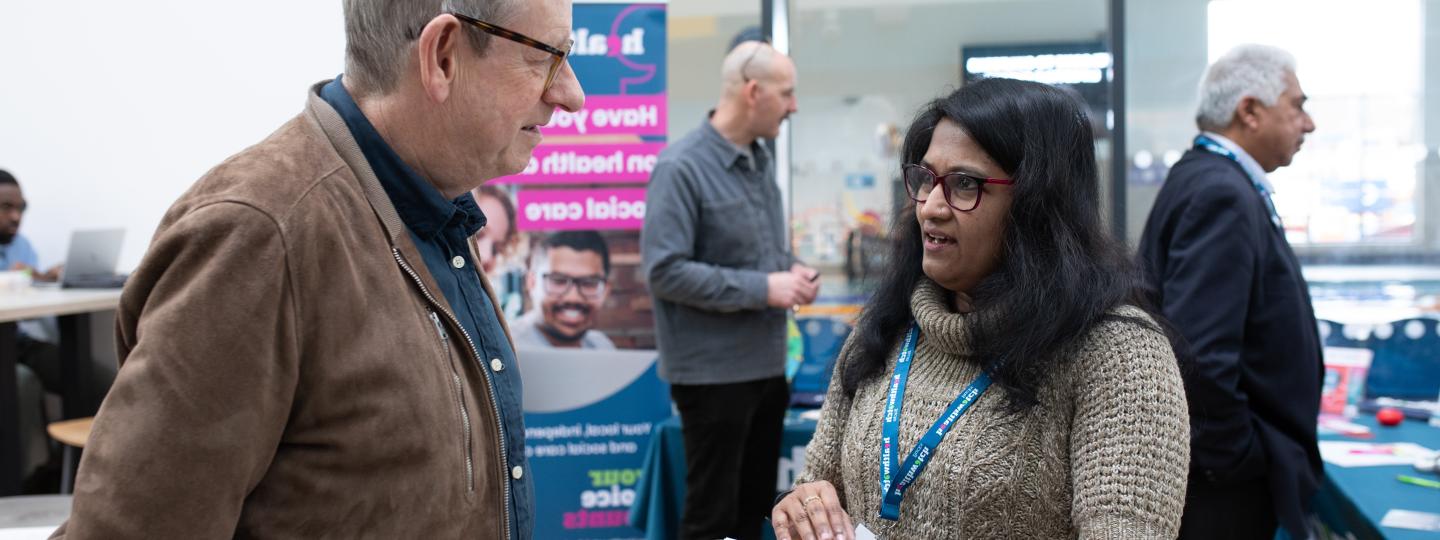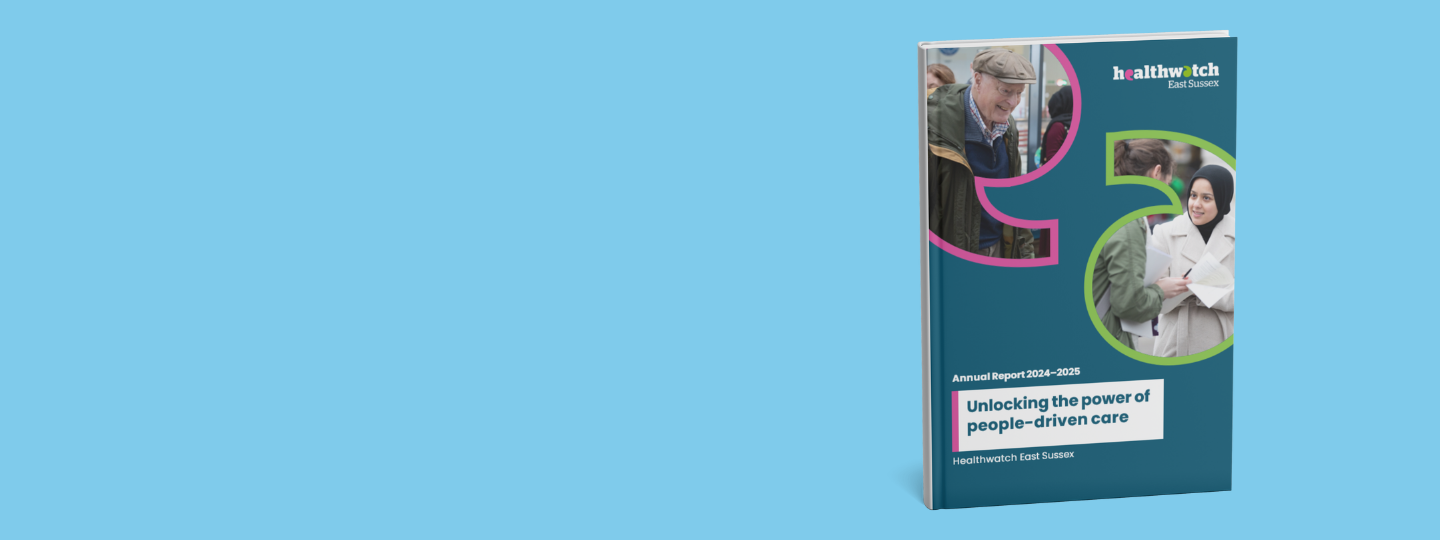Sharing your healthcare experience can make a big difference to your local services. Take a moment to give your feedback and help make care better.
“What motivates me to volunteer is my belief in the importance of patient voice…Healthwatch enables others and me to contribute to that voice in East Sussex.”
Latest reports and publication

November 2025: You said, we did
We regularly review the experiences you share with us at public…
Find out more

October 2025: You said, we did
We regularly review the experiences you share with us at public…
Find out more
Advice and information

Cold weather health information and signposting
Cold weather comes with a higher risk of health issues, particularly for older people or those with long-term conditions and compromised immune…

How to get support with urgent dental issues
Healthwatch often receive enquiries from people experiencing dental pain or issues, but who are struggling to get an appointment at their own NHS…

Community advocacy services in East Sussex
Advocacy supports people to have their voices heard, know their rights, make informed choices and participate in decisions about their health and…
Sign up to our mailing list
Keep up-to-date with Healthwatch East Sussex and receive regular information on our activity and how you can have your say on local health and social care services.
You can also read some of our previous newsletters and bulletins here.






